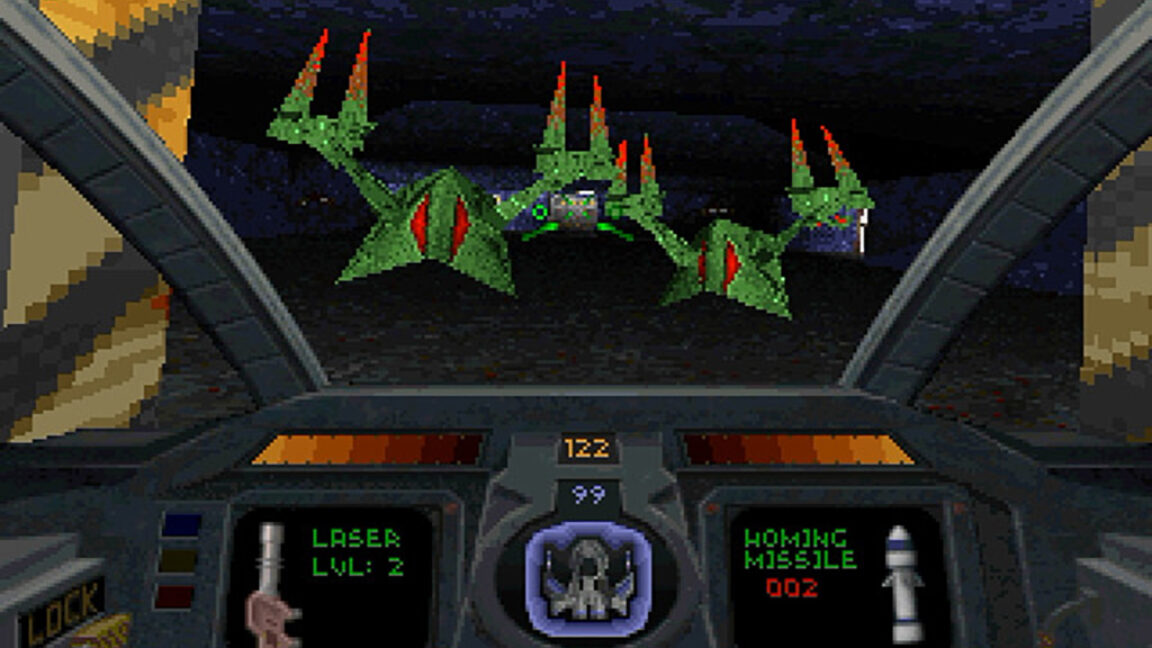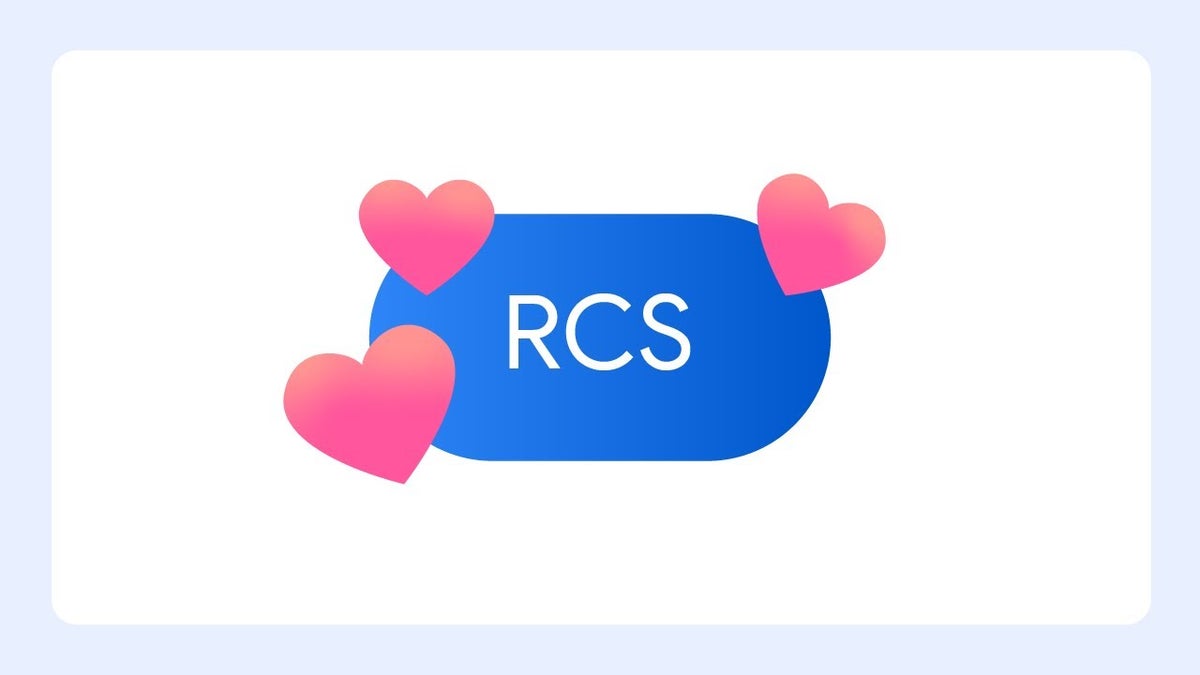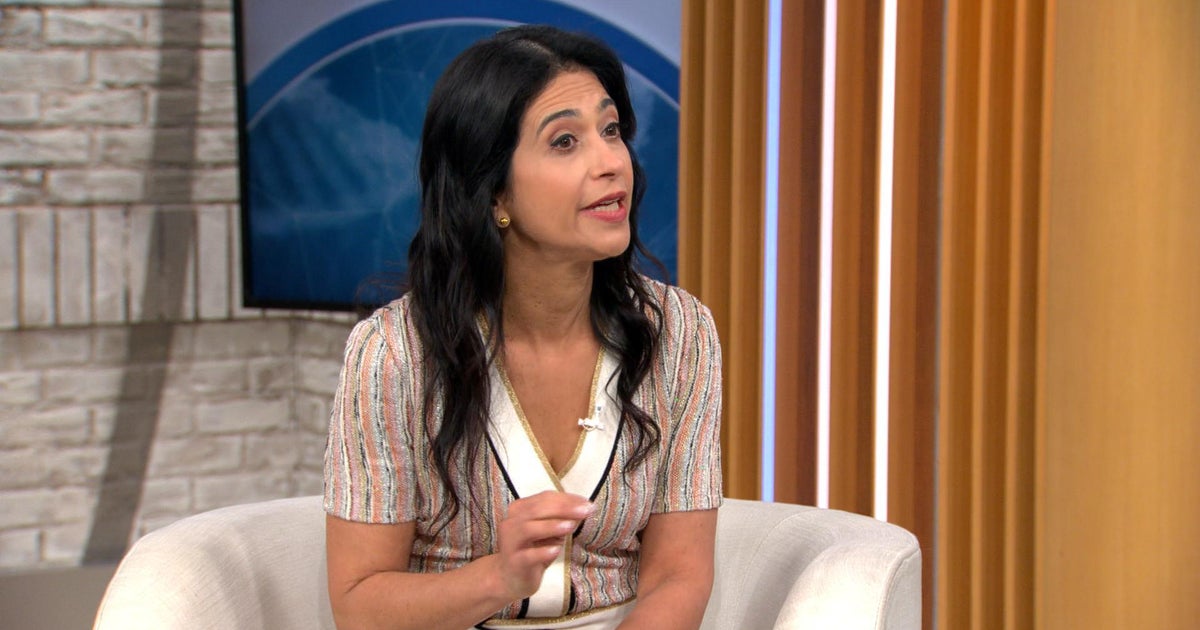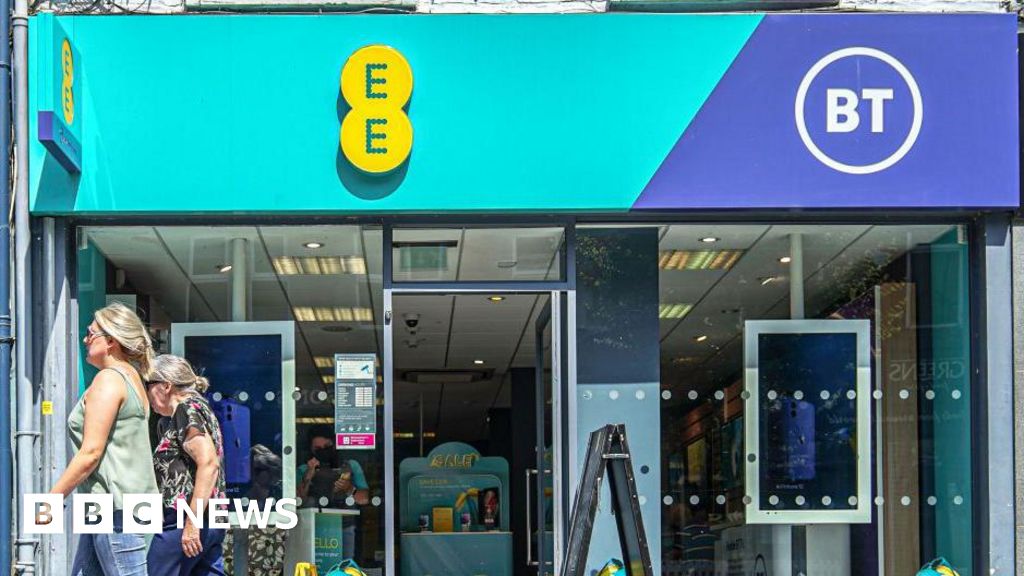If you want to give Liquid Glass — Apple’s new design language in iOS 26 — an uncharitable nickname, well, it’s right there for the taking. The new look has its fair share of haters, and I fully expected to be one of them when I downloaded the beta. But while there are aspects of the design that bother me, my biggest surprise about Liquid Glass has been the way I’ve just… gotten used to it. Which is a good thing, because Apple seems committed to hurtling us into this mixed-reality-ready aesthetic whether we wanted it or not.
I’d like to reiterate something: being fine with Liquid Glass does not mean that I think it’s great. After using it for a few weeks, I feel neutral toward it, which is better than I anticipated. Liquid Glass started with the Vision Pro’s interface, where windows appear to float on top of background elements as if they were on transparent glass. Makes sense for a VR headset. But then someone at Apple watched Minority Report and decided that every OS the company makes should adopt the look.


The outgoing design (left) in iOS 18 put navigational elements on a solid background. Liquid Glass (right) in iOS 26 opts for a water droplet look.
Sure enough, the first beta was a little too glassy and sci-fi. Apple spent the next three beta versions messing with transparency and contrast sliders, turning the glass effect down and back up again. The company made some extremely necessary concessions for usability — Control Center was a nightmare in the first beta — but ultimately stayed true to the original vision. Is it a good vision? I don’t know. I mostly ignore it as I go about my day tapping through apps and clearing one million notifications. I’m sure as hell not enabling the feature that turns all your homescreen icons into colorless blobs. But in its default state, the new design has mostly faded into the background for me. Liquid Glass hasn’t so much won me over as it has worn me down.
Not everyone agrees with me. My colleague Victoria Song despises it and says that the transparency makes it difficult to read notifications and messages. You can minimize the effect by turning on some accessibility settings, which she has, but then… what was the point of Liquid Glass? Fair question.
I still get distracted by some elements of the design myself — the liquid “droplet” look has a way of magnifying things behind it, so once in a while I’ll scroll past something in Safari that suddenly jumps off the page as it slides behind the search bar. But for the most part, I quit noticing it. I like Long Clock on the lock screen, which makes it easier to read the time when my phone is across the room. The spatial effect you can add to lock screen photos is surprisingly convincing. But everything else is mostly forgettable.
Liquid Glass hasn’t so much won me over as it has worn me down
For better or worse, this is just what Apple does. I thought AirPods looked awful and I swore I’d never use them. Now I wear them (or a more Android-friendly version, depending on the phone I’m testing) basically every day. The home-button-less iPhone X had its haters too, but now it’s the only option. This company will stick with a design vision, even when the complaints against it are loud and justified.
These things tend to go one of two ways: either it’s an unmitigated disaster and Apple quietly shifts course in a few years, pretending it never happened, or we all just get used to it until the next redesign. I have a feeling that Liquid Glass will be the latter. In a war of attrition, Apple wins every time.
Follow topics and authors from this story to see more like this in your personalized homepage feed and to receive email updates.











 English (US) ·
English (US) ·